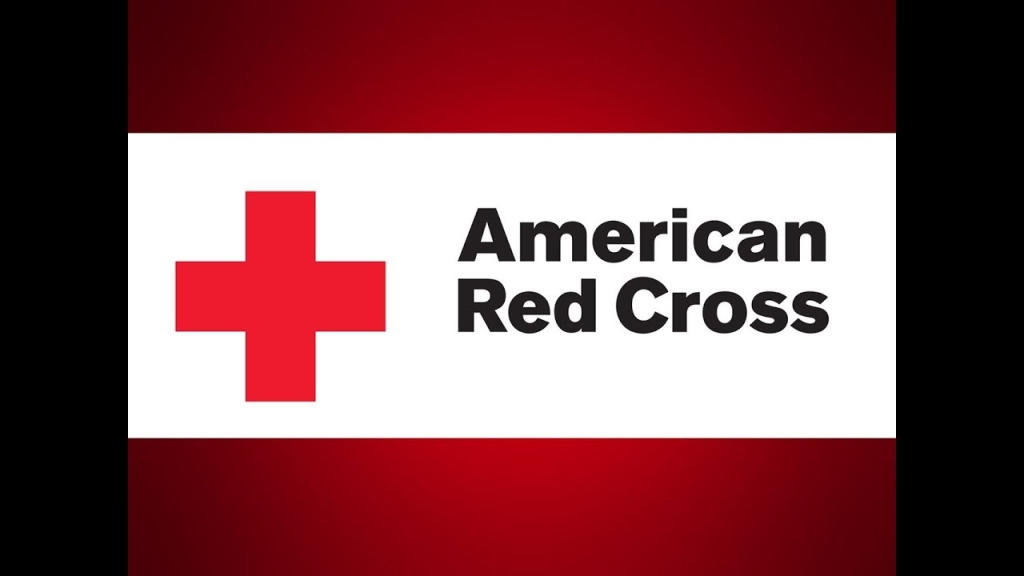How to Become a Phlebotomist: Essential Degree Requirements and Career Insights
Are you interested in a healthcare career that combines patient interaction, technical skills, and a speedy pathway to employment? Becoming a phlebotomist might be the perfect choice for you. As vital members of medical teams, phlebotomists are trained professionals specializing in drawing blood for tests, transfusions, and donations. This comprehensive guide will walk you through the essential degree requirements, necessary skills, career prospects, and practical tips to help you embark on your journey to becoming a certified phlebotomist.
Introduction
In the rapidly evolving healthcare industry,phlebotomy is a fulfilling and in-demand profession. With minimal schooling requirements and a focus on patient care, it’s an ideal entry point into medical careers. Whether you’re just starting out or considering a career change, understanding the educational and practical pathways to becoming a licensed phlebotomist is crucial. this article covers everything from the necessary degrees to career growth opportunities, providing transparent insights backed by industry standards.
What does a Phlebotomist Do?
Phlebotomists perform one of the most fundamental tasks in healthcare: drawing blood from patients for laboratory testing, transfusions, or donations. Their responsibilities include:
- Collecting blood samples using sterile techniques
- labeling and handling specimens properly
- ensuring patient comfort and safety
- maintaining accurate records of blood draws
- adhering to safety protocols and infection control standards
Essential Degree and Education Requirements to Become a Phlebotomist
Basic Educational Qualifications
The foundational requirement to pursue a career in phlebotomy typically includes:
- High school diploma or equivalent (GED)
Phlebotomy training Programs
Most aspiring phlebotomists enroll in specialized training programs that offer theoretical knowledge and practical skills. These can be completed through:
- Community colleges
- vocational schools
- hospitals’ training programs
- online courses (supplementary)
Certification and Licensing
While certification requirements vary by state, obtaining a professional certification is highly recommended and often required by employers. Common certifications include:
- Certified Phlebotomy Technician (CPT)
- National Phlebotomy Association (NPA) certification
- American Society for Clinical Pathology (ASCP) certification
These certifications authenticate your skills and enhance job prospects. Many programs prepare students for these exams,which often require proof of completed training hours and practical experience.
Practical Skills and Knowledge Needed
In addition to educational qualifications, triumphant phlebotomists possess core skills such as:
- Excellent communication and patient interaction skills
- Attention to detail and accuracy
- Manual dexterity
- Knowledge of safety standards and infection control
- Ability to work under pressure and handle tough patients
Career Insights and Job Outlook
Job Market Trends
The demand for phlebotomists is growing steadily due to increased healthcare needs, the growth of diagnostic laboratories, and expanding outpatient care services. According to the U.S. Bureau of Labor Statistics, the employment of phlebotomists is projected to grow by 10% from 2023 to 2033, faster than the average for all occupations.
Salary Expectations
The average annual salary for a phlebotomist varies depending on experience, location, and employer type. Below is a quick overview:
| Experience Level | Average Salary |
|---|---|
| Entry-Level | $32,000 |
| Experienced | $38,000 |
| Specialized roles | $45,000+ |
Work Environment
Phlebotomists typically work in hospitals, clinics, diagnostic laboratories, blood donation centers, and doctor’s offices. The role often involves shift work, including evenings, weekends, and holidays, depending on the facility.
Benefits of Becoming a Certified Phlebotomist
- Quick entry into the healthcare field with minimal schooling
- High job adaptability and diverse work settings
- Potential for career advancement into supervisory or specialized roles
- Opportunities for additional certifications (e.g., specialized blood banking)
- Fulfilling work aiding patient health and diagnostic processes
Practical Tips for Aspiring Phlebotomists
- Research accredited training programs and certification requirements in your state
- Seek hands-on experience through internships or volunteer opportunities
- Develop excellent communication skills to ease patient anxiety
- Focus on maintaining cleanliness and proper safety protocols
- Join professional organizations like the National Phlebotomy Association for networking and ongoing education
case Study: From Student to Certified Phlebotomist
Jane, a high school graduate, decided to pursue a career in healthcare. She enrolled in a certified phlebotomy training program at her local community college, completing both classroom lessons and practical blood draw experience. After passing her certification exam, Jane secured a position at a prominent hospital. Her dedication and continued education led her to specialize in pediatric phlebotomy,elevating her career prospects and earning a higher salary.
Conclusion
Becoming a phlebotomist is a rewarding and accessible career choice for those interested in healthcare, patient care, and laboratory work. With minimal educational requirements, practical training, and certification, you can quickly enter a growing job market. By honing essential skills,staying informed about industry standards,and pursuing ongoing professional progress,aspiring phlebotomists can build successful and fulfilling careers in this vital medical field. Start your journey today, and make a meaningful impact on patient health!
